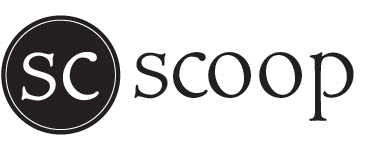
Studies show members of diverse populations are smarter and more creative than their counterparts from more homogenous groups.
Providence Day School is the independent school leader in diversity and inclusion (which are different yet both so important — we’ll get to that in a moment), so we sat down with Executive Director of Diversity & Multicultural Education Dr. Nadia Johnson to talk about diversity in the classroom. Here’s what we learned:
‘Diversity’ and ‘inclusion’ are often interchanged, but they’re different. Diversity refers to the respect for and appreciation of differences in ethnicity, gender, age, national origin, disability, sexual orientation, education, and religion. Inclusion refers to the state of being/feeling valued, respected, and supported.
Nadia said it’s obviously important for a school to be diverse, but inclusion is a crucial element as well. If a school is diverse but not inclusive, students might feel uncomfortable being themselves in the classroom, and may even create alternate identities they use at school.
“In an inclusive community, people can feel comfortable bringing their identities with them. Students can be themselves and not fear social ostracization,” Nadia said. This will make them feel more valued and respected.”
Curriculums can and should support diversity as well. It’s about more than just seeing a variety of genders, races and religions on campus. Nadia said students should themselves reflected in the curriculum, no matter what their backgrounds are. PDS achieves this by teaching histories of a broad set of ethnic and religious communities, and making sure their English classes include literature with characters who have a variety of backgrounds. Some schools expose students to other cultures by bringing in artists or dancers to showcase their work, but Nadia said that’s not enough.
“If you have a diverse multicultural curriculum, it will attract a diverse community,” Nadia said. “Research shows that to cultivate inclusive community, work needs to start in the classroom. It’s a part of our everyday life at Providence Day.”

Providence Day School Open Houses
October 25
6:30 p.m.
Transitional Kindergarten – Grade 5
November 6
2 p.m.
Transitional Kindergarten – Grade 12
For more info, email: pds.admissions@providenceday.org

Providence Day School
5800 Sardis Road, Charlotte NC 28270
Phone: 704-887-6000
Email: pds.admissions@providenceday.org
Website: http://www.providenceday.org/
Facebook page
Twitter: @ProvidenceDay
Head of School blog
